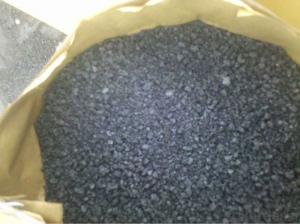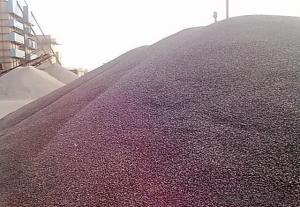FC90 Gas Calcined Anthracite/CNBM GCA China Product
- Loading Port:
- Tianjin
- Payment Terms:
- TT OR LC
- Min Order Qty:
- 0 m.t.
- Supply Capability:
- 100000 m.t./month
OKorder Service Pledge
OKorder Financial Service
You Might Also Like
Packaging & Delivery
| Packaging Detail: | 25kgs/50kgs/1ton per bag or as buyer's request |
| Delivery Detail: | Within 20 days after receiving corect L/C |
Feature
All of our goods are made in the best quality of world famous Tianjin. All of our products are with High carbon, Low ash, low sulphur, Low Moisture.
Usage
The Calcined Anthracite Coal/Gas Calcined Anthracite Coal/Carbon Raiser is mainly used in steelmaking in electrical stove, screening water, shipbuilding sandblast to remove rust. It can reduce the cost of steelmaking effectively by replacing the traditional petroleum coke of carburant.Also can improve the Carbon content in steel-melting and Ductile iron foundry.
Specifications
Calcined Anthracite
Fixed carbon: 90%-95%
S: 0.5% max
Size: 0-3. 3-5.3-15 or as request
PARAMETER UNIT GUARANTEE VALUE | |||||
F.C.% | 95MIN | 94MIN | 93MIN | 92MIN | 90MIN |
ASH % | 4MAX | 5MAX | 6MAX | 7MAX | 8MAX |
V.M.% | 1 MAX | 1MAX | 1.5MAX | 1.5MAX | 1.5MAX |
SULFUR % | 0.5MAX | 0.5MAX | 0.5MAX | 0.5MAX | 0.5MAX |
MOISTURE % | 0.5MAX | 0.5MAX | 0.5MAX | 0.5MAX | 0.5MAX |
Size can be adjusted based on buyer's request.
Picture

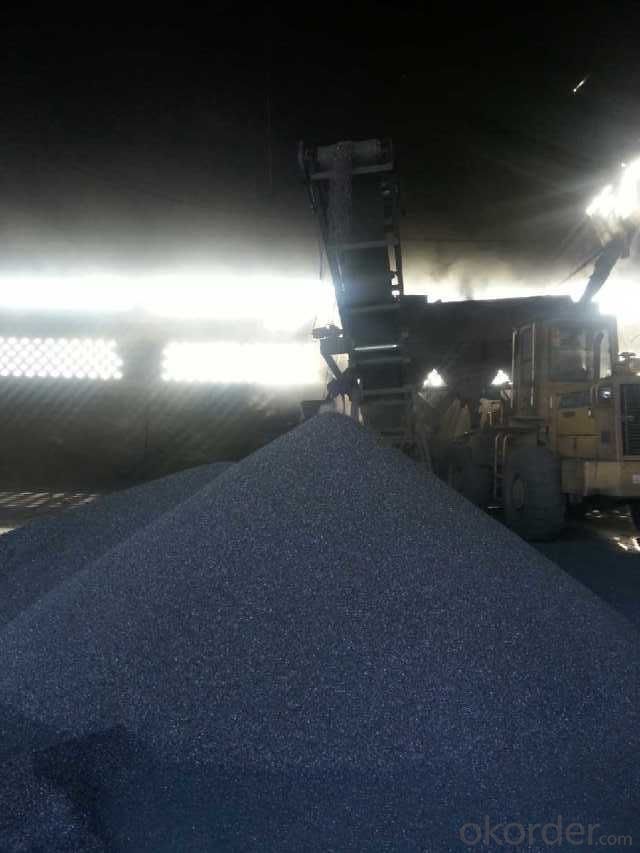
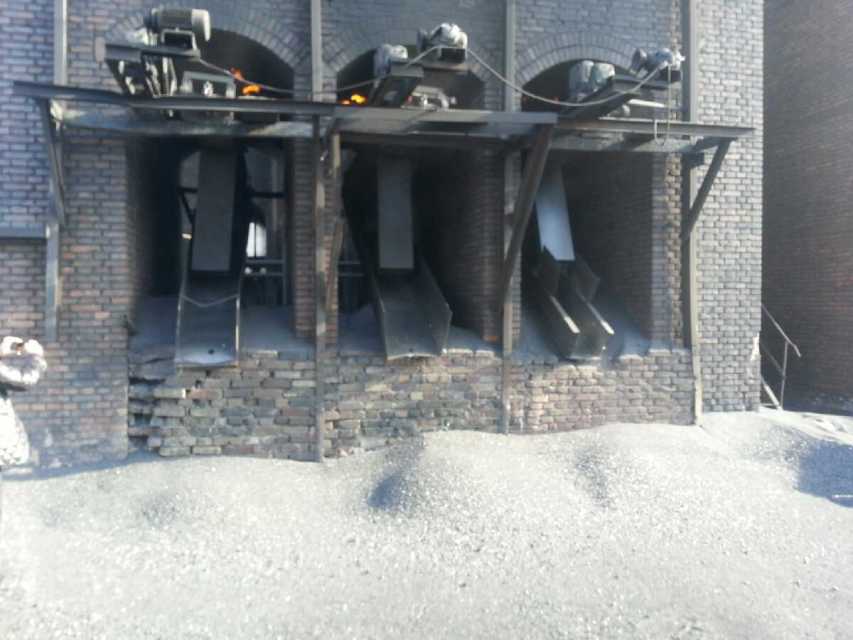
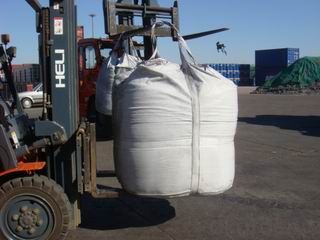
We can supply below furnace charges, please feel free to contact us if you areinterested in any of any of them:
Coke (Metallurgical, foundry, gas)
Calcined Anthracite with fixed carbon from 90% to 95%
Calcined Petroleum Coke
- Q:What does carbon cloth tonnage mean?
- Carbon cloth tonnage is illegal: mean a square centimeter of sectional area of carbon cloth tension of tonnage. Meaning that the carbon cloth rolled into a solid "rod" if the cross-sectional area of the bar is 1 cm, the maximum tension tonnage it bear -- carbon cloth tonnage.
- Q:Is aluminum alloy expensive or high carbon steel expensive?
- Aluminum must be expensive, carbon steel is rubbish
- Q:How can carbon capture and storage help reduce greenhouse gas emissions?
- Carbon capture and storage (CCS) is a technology that can play a significant role in reducing greenhouse gas emissions. It involves capturing carbon dioxide (CO2) produced from industrial processes or power generation, transporting it, and then storing it underground in geological formations. Firstly, CCS can help reduce greenhouse gas emissions by capturing CO2 directly from large point sources, such as power plants or industrial facilities, that would otherwise be released into the atmosphere. By capturing and storing this CO2, it prevents it from contributing to the greenhouse effect and mitigates its impact on climate change. Secondly, CCS can enable the continued use of fossil fuels, such as coal or natural gas, in a more environmentally friendly manner. These fuels are currently the primary sources of energy for electricity generation and industrial processes. By implementing CCS, the CO2 emissions from these fossil fuel-based activities can be drastically reduced, allowing for a transition towards cleaner energy sources in a more gradual and economically feasible manner. Furthermore, CCS can also be coupled with bioenergy production, creating what is known as bioenergy with carbon capture and storage (BECCS). This process involves using biomass, such as crop residues or purpose-grown energy crops, to produce energy. The CO2 emitted during the bioenergy production is then captured and stored, resulting in a negative emissions process. BECCS can effectively remove CO2 from the atmosphere, helping to offset emissions from other sectors and achieving net-negative emissions. Lastly, CCS can contribute to the decarbonization of hard-to-abate sectors, such as cement and steel production, where alternative low-carbon technologies are currently limited. By capturing and storing CO2 emissions from these sectors, CCS can significantly reduce their overall greenhouse gas emissions and facilitate their transition towards more sustainable practices. In conclusion, carbon capture and storage technology can help reduce greenhouse gas emissions by directly capturing and storing CO2 from large point sources, allowing for the continued use of fossil fuels in a more sustainable manner, enabling the deployment of negative emissions technologies like BECCS, and supporting the decarbonization of hard-to-abate sectors. Implementing CCS alongside other mitigation strategies can play a vital role in achieving global climate goals and combating climate change.
- Q:How can carbon be stored underground?
- Carbon capture and storage (CCS) is a process that allows for the underground storage of carbon. This process involves the capture of carbon dioxide (CO2) emissions from industrial sources, such as power plants or cement factories, followed by the storage of the captured CO2 deep underground in geological formations. To begin, the CO2 emissions are captured before they are released into the atmosphere. Various technologies, such as post-combustion capture, pre-combustion capture, and oxy-fuel combustion, are available for this purpose. These technologies separate the CO2 from other gases, like nitrogen, resulting in a concentrated stream of CO2 that is easy to store. Once the CO2 is captured, it must be transported to a suitable storage site. Depending on the distance and location of the storage site, transportation can be done through pipelines or ships. The CO2 is then injected deep underground into geological formations, including depleted oil and gas reservoirs, saline aquifers, or coal seams. The selection of storage sites is done carefully, taking into consideration their ability to safely and permanently store the CO2. The chosen geological formations must have an impermeable rock layer, known as a caprock, to prevent CO2 leakage to the surface. Regular monitoring of the storage sites ensures that the stored CO2 remains securely underground. The storage of carbon underground has significant benefits in reducing CO2 emissions and addressing climate change. It effectively prevents the release of CO2 into the atmosphere, where it contributes to the greenhouse effect and global warming. Additionally, CCS can be combined with enhanced oil recovery (EOR) techniques, using the injected CO2 to extract more oil from depleted reservoirs, making the process economically viable. However, it is important to note that carbon storage is not a permanent solution to climate change. While it can help in reducing emissions during the transition to cleaner energy sources, it should not replace efforts to decarbonize the economy and reduce dependence on fossil fuels. Moreover, the long-term safety and environmental impacts of underground carbon storage need thorough examination to ensure its effectiveness and sustainability.
- Q:How is carbon used in the production of carbon nanowires?
- Carbon's unique properties make it a key component in the production of carbon nanowires. These nanowires are typically created through a process called chemical vapor deposition (CVD), in which a carbon-containing precursor gas is decomposed in a high-temperature environment. To carry out this process, a reaction chamber is utilized, where a carbon source like methane or ethylene is introduced. The precursor gas is then heated to a temperature above 600 degrees Celsius, causing it to decompose. This results in the release of carbon atoms that begin to deposit on a substrate material, such as a silicon wafer or metal catalyst. The carbon atoms in the precursor gas tend to form strong covalent bonds with each other, leading to the formation of a graphite-like structure. However, by carefully controlling the growth conditions, including temperature and pressure, the deposited carbon atoms can be arranged in a highly ordered manner to form nanowires. The use of carbon as the fundamental building block for nanowires offers several advantages, including exceptional thermal and electrical conductivity, as well as high mechanical strength. These properties enable carbon nanowires to exhibit unique characteristics, making them suitable for a wide range of applications, such as electronics, energy storage, and sensors. Overall, carbon plays a crucial role in the production of carbon nanowires as the raw material that undergoes decomposition and subsequent rearrangement to achieve the desired nanoscale structures.
- Q:What are the consequences of increased carbon emissions on global trade?
- Increased carbon emissions have significant consequences on global trade. One of the most immediate impacts is the potential for stricter environmental regulations and carbon pricing mechanisms imposed by countries and international agreements. This can lead to higher costs for industries and businesses that rely heavily on carbon-intensive activities, such as manufacturing and transportation. As a result, companies may face increased production costs, which can be passed on to consumers in the form of higher prices for goods and services. This can have a negative effect on global trade, as higher costs may reduce demand and hinder international competitiveness. Additionally, industries that do not comply with environmental regulations or carbon reduction targets may face trade barriers or sanctions, further limiting their ability to participate in global trade. Another consequence of increased carbon emissions is the potential for climate change-related disruptions to supply chains. Rising temperatures, extreme weather events, and sea-level rise can damage infrastructure, disrupt transportation routes, and affect the availability and quality of resources. This can lead to delays in production and shipping, increased transportation costs, and a higher risk of supply chain interruptions. These disruptions can have far-reaching impacts on global trade, affecting the flow of goods, services, and investments across borders. Furthermore, increased carbon emissions contribute to global warming, which can have long-term consequences for agricultural productivity and food security. Changes in temperature and precipitation patterns can lead to crop failures, reduced yields, and shifts in agricultural production regions. This can disrupt global food supply chains and lead to price volatility, affecting trade flows and potentially exacerbating food shortages and inequalities. In summary, increased carbon emissions have several consequences on global trade. Stricter environmental regulations and carbon pricing can increase costs for industries, potentially reducing their competitiveness. Climate change-related disruptions to supply chains can lead to delays, increased costs, and interruptions in trade. Lastly, the impact of global warming on agricultural productivity can have significant implications for food security and trade in agricultural commodities.
- Q:What are the challenges and opportunities of transitioning to a low-carbon economy?
- The challenges of transitioning to a low-carbon economy include the need for significant investments in renewable energy infrastructure, the potential loss of jobs in fossil fuel industries, and the complexity of implementing new policies and regulations. Additionally, there may be resistance from certain industries or regions that heavily rely on carbon-intensive practices. However, this transition also presents numerous opportunities. It allows for the development of sustainable and innovative industries, such as renewable energy technologies, electric vehicles, and energy-efficient buildings. It can create new job opportunities in these emerging sectors and stimulate economic growth. Moreover, transitioning to a low-carbon economy helps mitigate climate change, reduce air pollution, and improve public health, leading to a more sustainable and resilient future.
- Q:What is the difference in carbon content of low carbon steel, medium carbon steel and high carbon steel?
- Carbon content of low carbon steel (AISI1005 ~ 1026) is 0.06% to 0.28%, manganese content is 0.25% to 1%, phosphorus content is not more than 0.04%, sulfur content is not more than 0.05%.
- Q:Why is carbon content of stainless steel low?
- The corrosion resistance of stainless steel decreases with the increase of carbon content. Therefore, the carbon content of most stainless steel is lower, the maximum is not more than 1.2%, and some steel's Omega C (carbon content) is even less than 0.03% (such as 00Cr12). The main alloying element in stainless steel is Cr (chromium), and the steel has corrosion resistance only when the Cr content reaches a certain value. Therefore, stainless steel in general Cr (chromium) content of at least 10.5%. Stainless steel also contains Ni, Ti, Mn, N, Nb, Mo, Si, Cu and other elements.
- Q:Is the hardness or softness of the steel with higher carbon content?
- Carbon is the major element in determining the properties of steel, because changes in carbon content lead directly to changes in crystal structure.
1. Manufacturer Overview |
|
|---|---|
| Location | |
| Year Established | |
| Annual Output Value | |
| Main Markets | |
| Company Certifications | |
2. Manufacturer Certificates |
|
|---|---|
| a) Certification Name | |
| Range | |
| Reference | |
| Validity Period | |
3. Manufacturer Capability |
|
|---|---|
| a)Trade Capacity | |
| Nearest Port | |
| Export Percentage | |
| No.of Employees in Trade Department | |
| Language Spoken: | |
| b)Factory Information | |
| Factory Size: | |
| No. of Production Lines | |
| Contract Manufacturing | |
| Product Price Range | |
Send your message to us
FC90 Gas Calcined Anthracite/CNBM GCA China Product
- Loading Port:
- Tianjin
- Payment Terms:
- TT OR LC
- Min Order Qty:
- 0 m.t.
- Supply Capability:
- 100000 m.t./month
OKorder Service Pledge
OKorder Financial Service
Similar products
New products
Hot products
